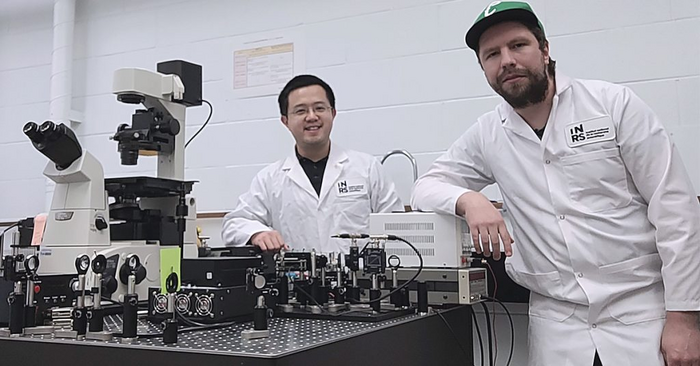At the Énergie Matériaux Télécommunications Research Centre of the Institut national de la recherche scientifique (INRS), Professor Jinyang Liang and his colleagues have developed a new ultrahigh-speed single-pixel camera that has great flexibility. This device, called single-pixel imaging accelerated via swept aggregate patterns (SPI-ASAP), uses light modulation to stream video at 12,000 frames per second—a breakthrough in ultra-high-speed single-pixel imaging.
SPI-ASAP is a single-pixel camera made up of an array of tiny “pixels” that are able to capture individual light particles or photons. The device uses a light signal called a “sweep” which is similar to a waveform but with a much higher frequency. This sweep is then sent through the array of pixels and each pixel captures the signal at its own rate, resulting in a frame rate of 12,000 frames per second. While this may seem fast, it is actually much slower than most cameras on the market today which can reach frame rates of 1 million frames per second or faster. However, this speed is still enough to capture high-quality images without sacrificing resolution or clarity.

The main benefit of SPI-ASAP over existing cameras is its flexibility. Because it only requires one pixel to capture an image, it can be used in applications where traditional cameras cannot—such as in dark environments with little or no light available for traditional cameras to capture images with. Additionally, because it does not require multiple pixels working together to create an image as most traditional cameras do, it can also be used for applications such as medical imaging and 3D scanning where multiple cameras would normally be required for accurate results.
The potential applications for this technology are numerous and range from medical imaging and 3D scanning to surveillance and security monitoring in low-light environments; even recording ultrafast events such as lightning strikes or chemical reactions could be possible with this technology. Additionally, because the camera only requires one pixel instead of several working together in unison as traditional cameras do, its cost will likely be much lower than currently available options making it more accessible for everyday users looking to capture high-quality images quickly and easily without breaking the bank.
The development of SPI-ASAP represents an important milestone in single-pixel imaging technology; its ability to stream video at 12000 frames per second using light modulation gives it great flexibility compared to existing cameras on the market today. With potential applications ranging from medical imaging and 3D scanning to security monitoring and recording ultrafast events such as lightning strikes or chemical reactions; its cost will likely be much lower than currently available options making it more accessible for everyday users looking to capture high-quality images quickly and easily without breaking the bank. The possibilities are endless with this new technology!











